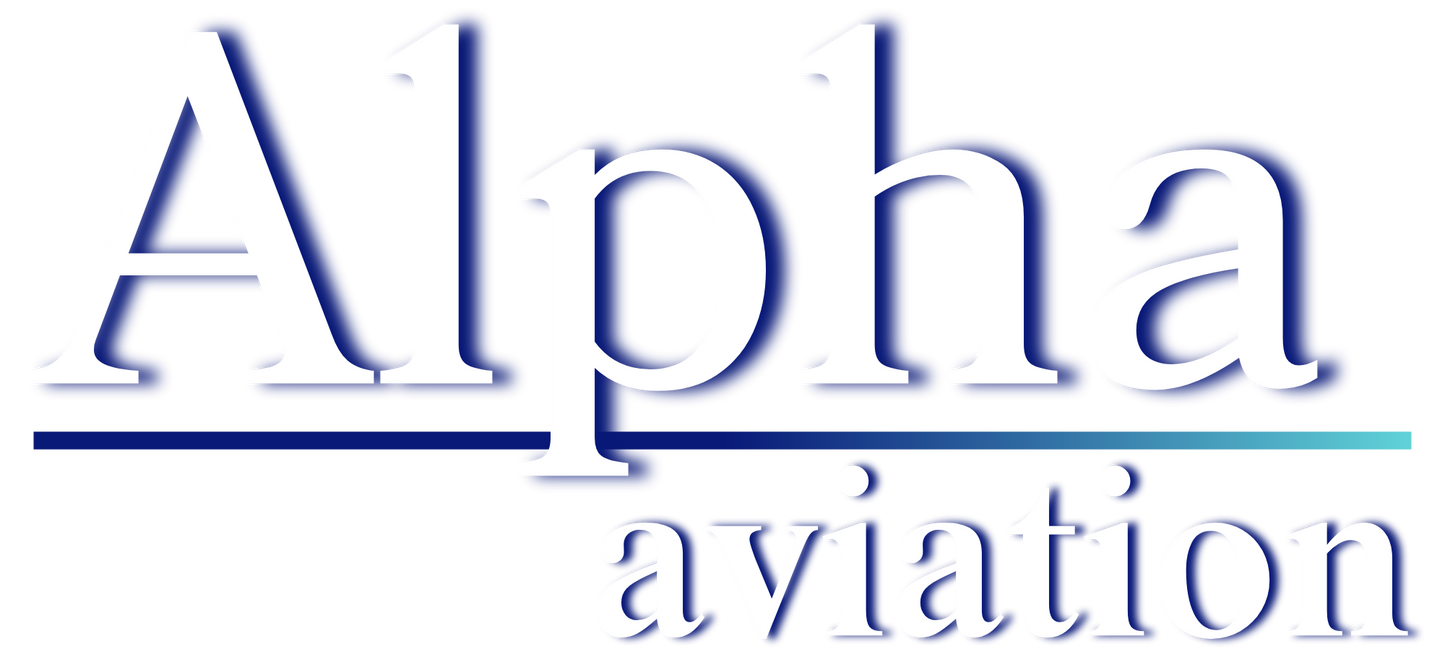"Wonderful experience with the customer service, Jessica and all the team were very helpful and quick when we ordered a couple of inertia reel seatbelts for our Cessna 207. Alpha Aviation is a truly fantastic Family business! I'll definitely come back!"
"Thanks Paula, and just to brag on you and your team - it has been a fantastic experience working with y’all. High quality product, fast shipping, helping us out with the loaner belt, and graciously sending us the extra hardware after our butterfingers mishap. Y’all have a top notch operation, and I’m recommending you to all my Mooney friends!"
"I finally got the plane up and flying with the new interior including your shoulder/lap seatbelts. Thought you'd like to see how it turned out! I flew last weekend and wanted to tell you I LOVE THEM!"
